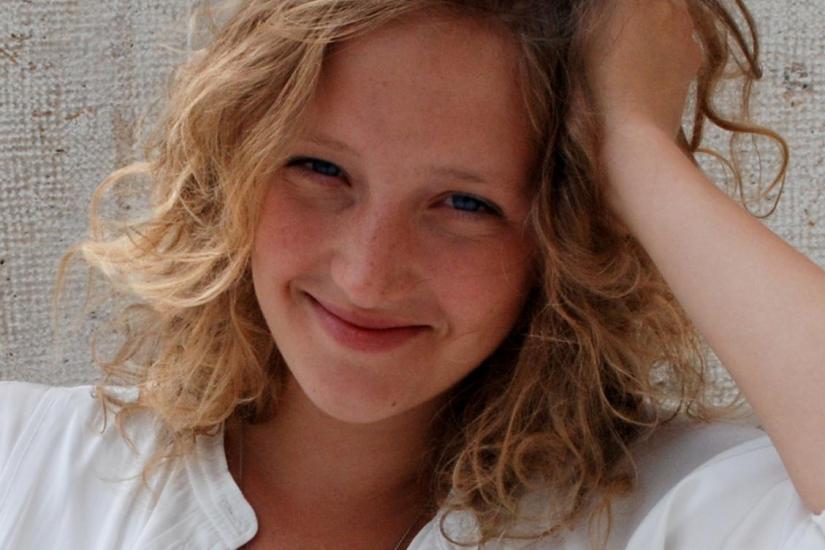
ABSTRACT | The relation of core-(semi)periphery deeply impacts the process of canon-formation in the art world. Actors of (semi)peripheral regions compete with each other while striving for recognition in the centers, and for becoming more central actors themselves. Actors of core regions select artists from, and influence artistic practices of, the periphery in ways trying to reinforce their position, while they also compete with each other in order to become even more dominant actors determining what counts as the current artistic ‘presence’ of the art world. In order to understand more deeply the phenomena I am investigating the relation of three core collection of the Western art world, the MoMA, the Tate and the Centre Pompidou, towards the CEE region, represented in the construction of their collections. To what extent and which artists are incorporated from the CEE region within? How do these collections relate to each other respect to their represented artists of the region? What kind of internal structure of the region evolves and appears through this? I am trying to answer these questions by integrating network science approaches and cultural sociology in the framework of world-systems analysis.
BIO | Julia Perczel is a PhD candidate at the Center for Network Science. Holding an MA in Art History and in Social and Organizational Psychology, she is interested in integrating qualitative and quantitative methodology as well as incorporating big data analysis while trying to better understand cultural production in the contemporary art world.